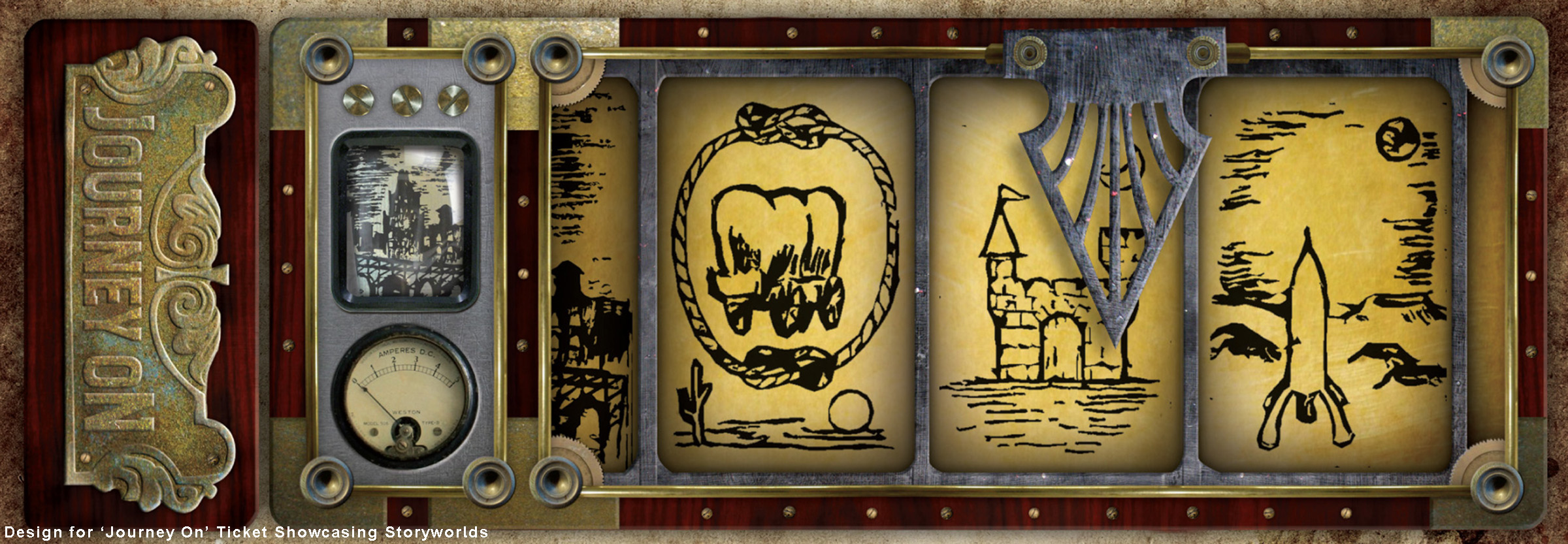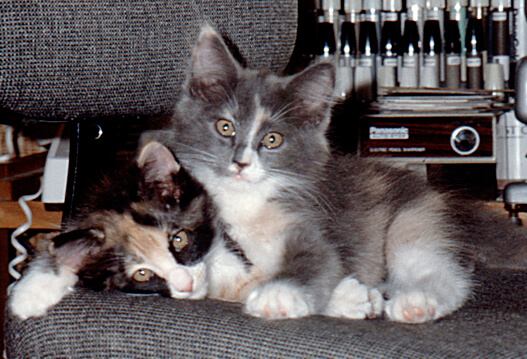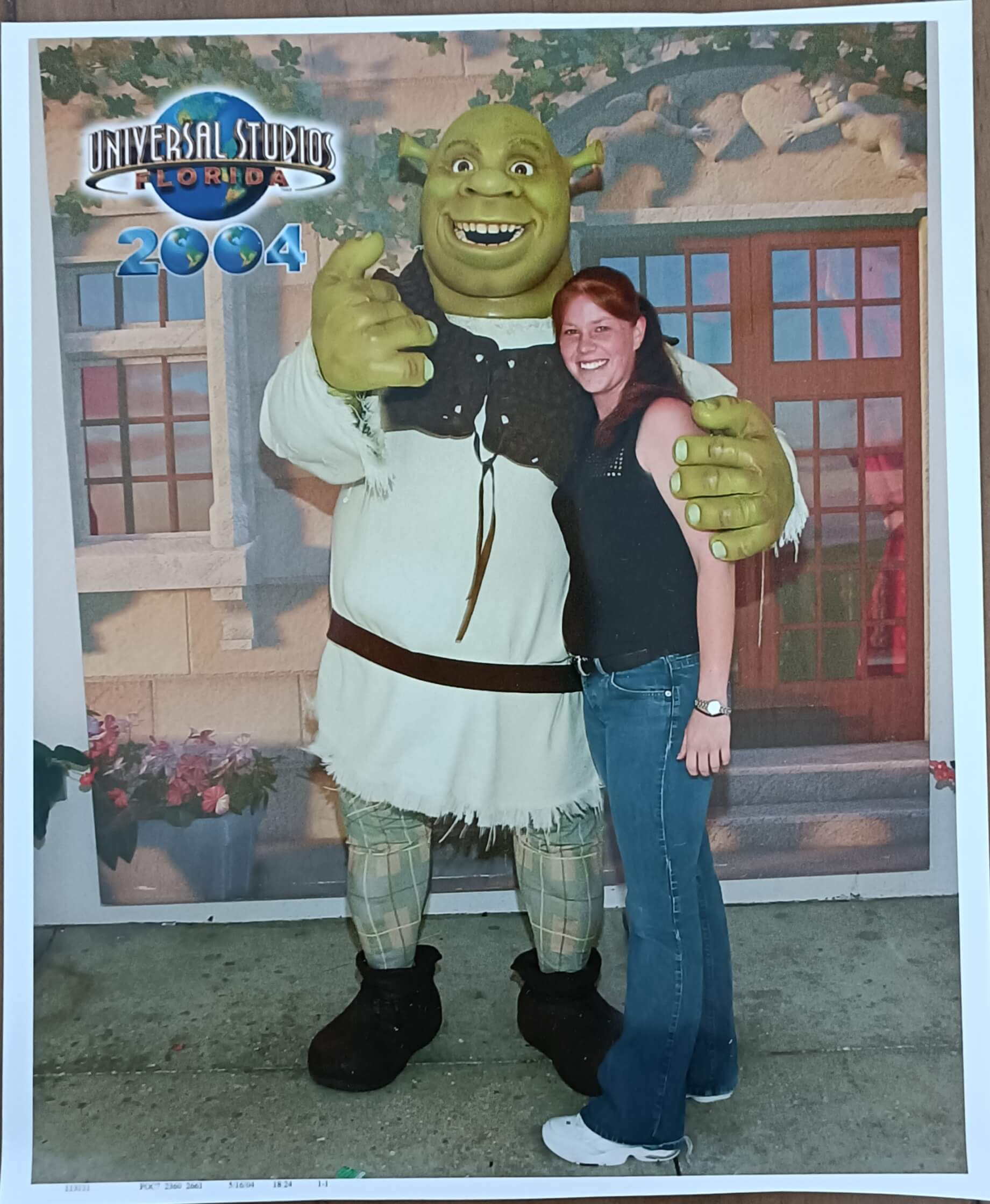
Founder, Trainer
2010 – 2015
Social Psychology
Empathy
Storytelling
Roleplaying
Naturalistic Improvisation
User Research
Experience Design
Prototyping
Imagine sitting in a packed theatre and being invited to star in a show that has yet to be written. You’re free to do whatever, and the actors build a story around you, ultimately empowering you to fight for what you want.
It could be terrifying, thrilling, and addictive. It was Playing with Reality.
How could we make a safe space for the average audience member to take risks and live an extraordinary life, even if it was all make-believe? Even more, how could we calm their nerves and entice them to suspend their disbelief and accept the reality of the story they were in, even for a moment?
How could we also make this appealing for a live audience, some of whom rarely attended theatre and some of whom got so enthralled that they volunteered immediately?
Founding a company around this unique theater style forever changed how I interact with people, both onstage and off.
Even though the audience members chose to come onstage, our first choice was always to make them feel safe. Sometimes, they were so nervous they shook or spoke a non-stop stream of words. The best means to ground someone is with direct eye contact and with superb listening skills. Let them know that you’re here for them, that nothing else in the space matters, and that you’re going to support what they do.
Once they’re more comfortable, it’s time to start building a story and take them on a journey, introducing conflict and challenge that they are comfortable pushing back against, and building it to a point where they surprise themselves with their own choices.
After every story, we conducted a debrief with the participant, hearing what impacted them. That debrief fed our team reviews, where we constantly honed our skills. This process was as much a part of the work as the performance itself.
Productions: 15
Residencies: 3
Audience Stars: Hundreds
Productions:
Residencies:
Audience Stars:
15
3
Hundreds
I use the empathic and interpersonal traits I gained with this work in all my interactions. It’s incredible how putting yourself in someone else’s shoes reveals new perspectives and opportunities.
The act of drawing out information from someone requires finesse. Even if you know the right questions to ask, the individual must be willing to talk in the first place. Sometimes, it requires reading between the lines to get things going. We weren’t just focused on the words someone was saying. We also paid attention to what they weren’t saying, their inflections, and their body language. Each cue gave us valuable details as to who they were and what they needed.
As any UX designer worth their salt knows, experience isn’t limited to the primary activity, and this was no different. We had to consider the message we were sending to our audience about what to expect from future shows. We thought about their journey getting to the theater, their first experience upon entering the space, what they would encounter once the show started, how they would interact with each other and the performers once the show ended, and what they would take away from the experience. It was a complex process that was necessary to ensure a night of surprise and wonder.






